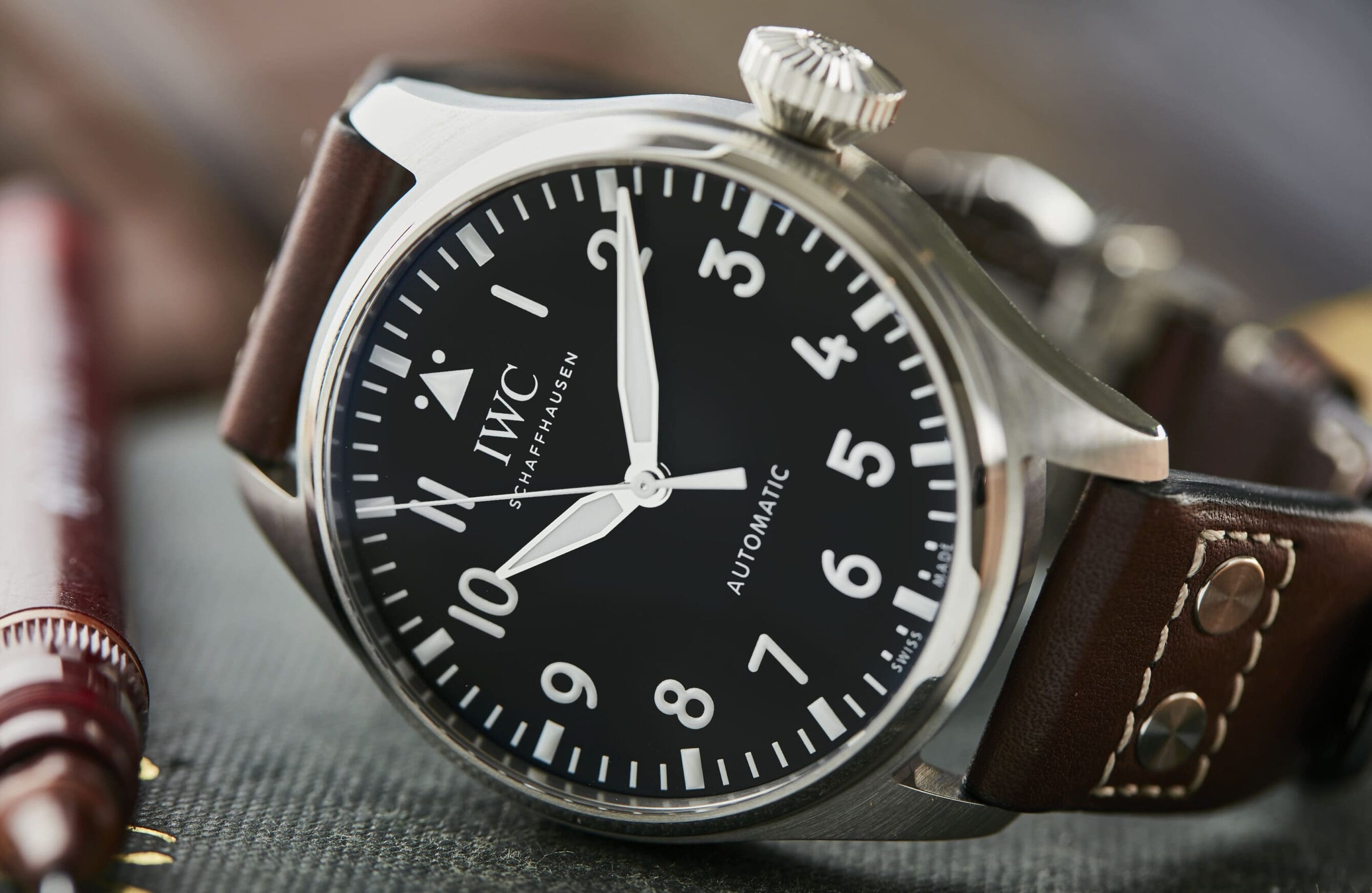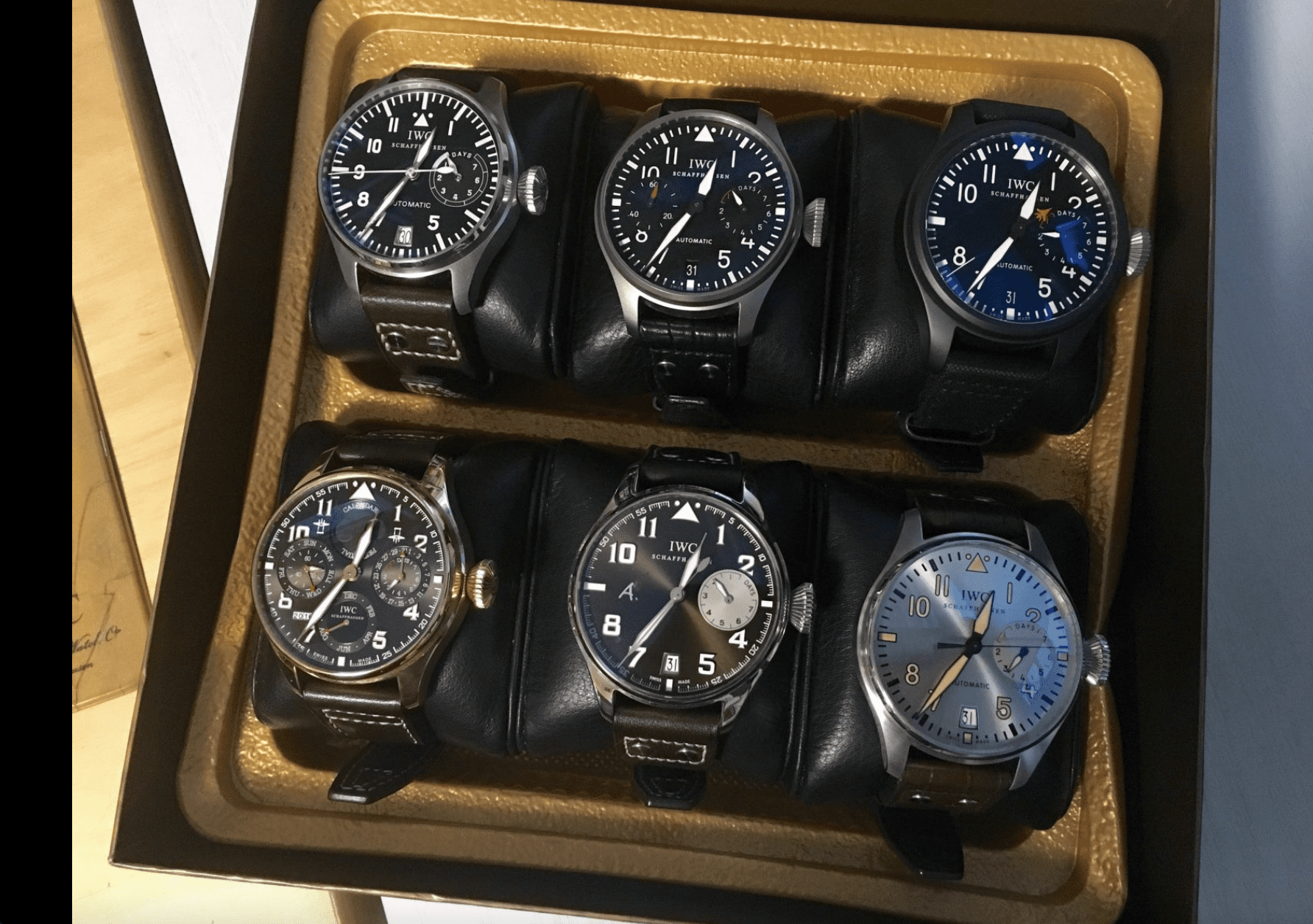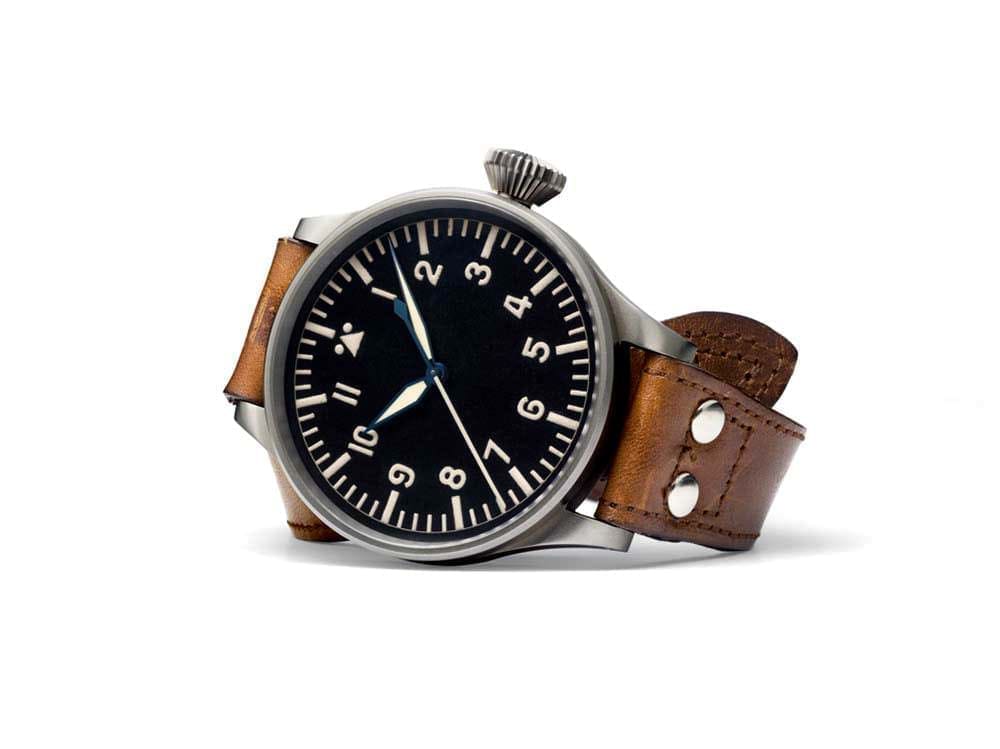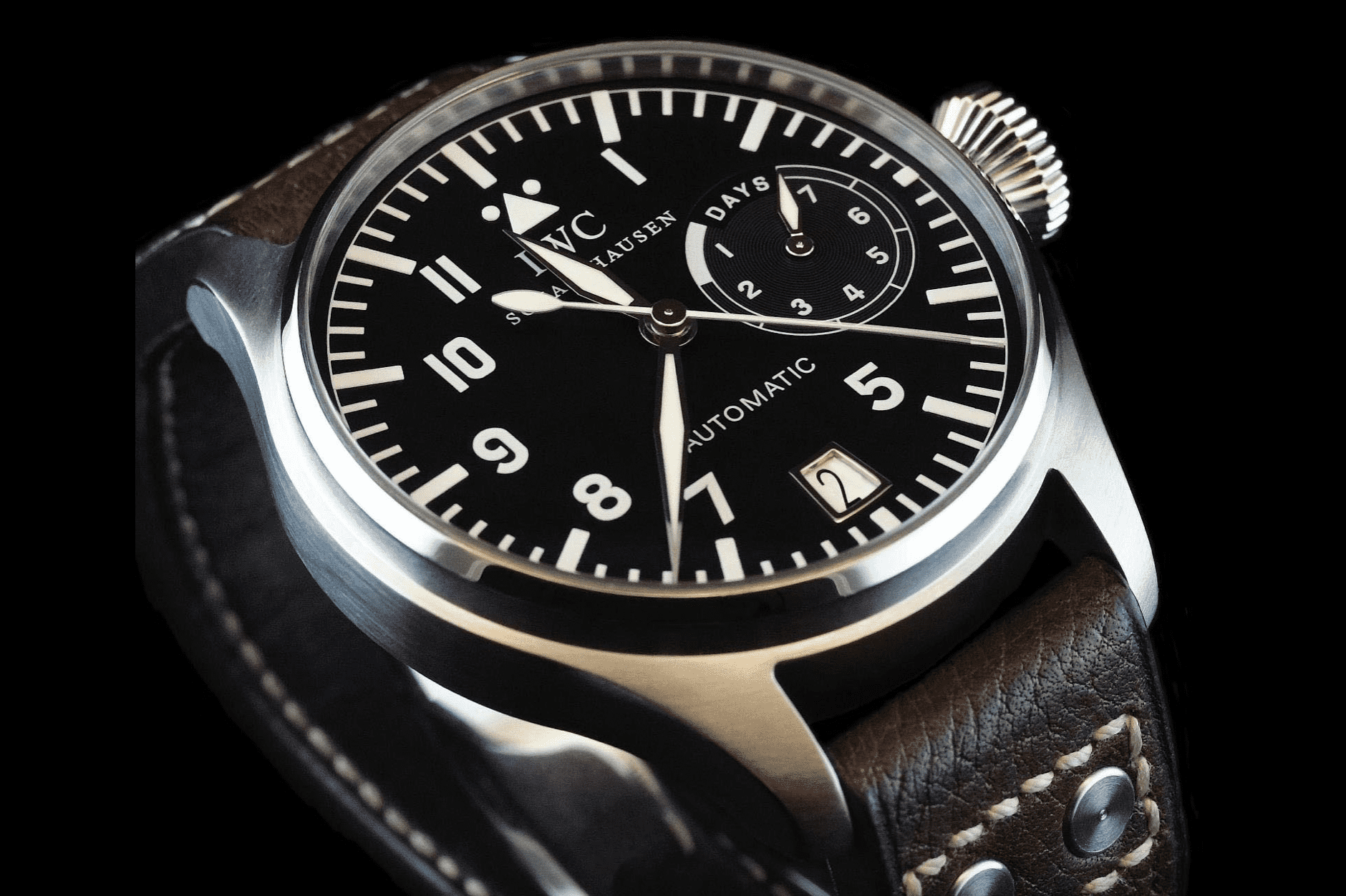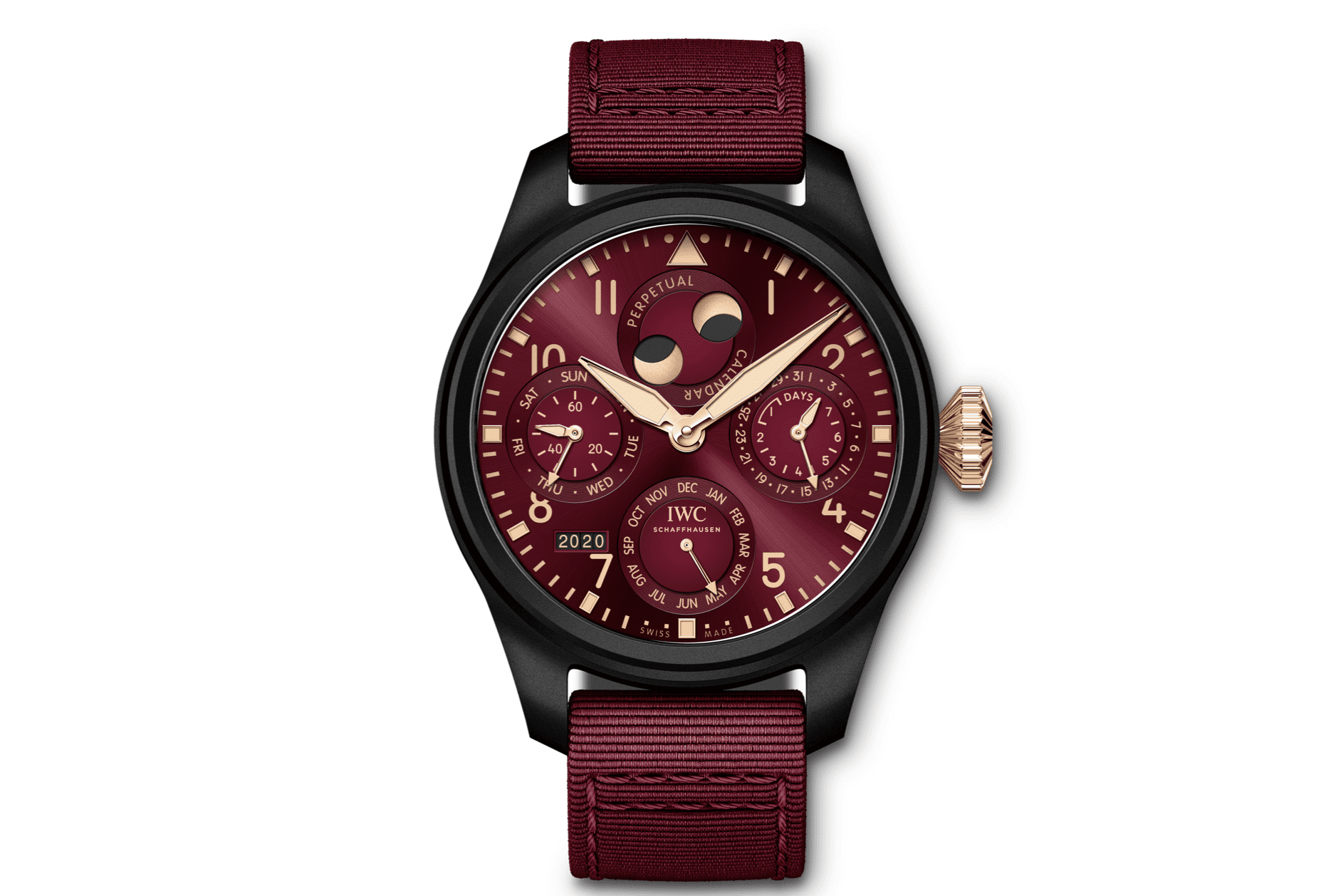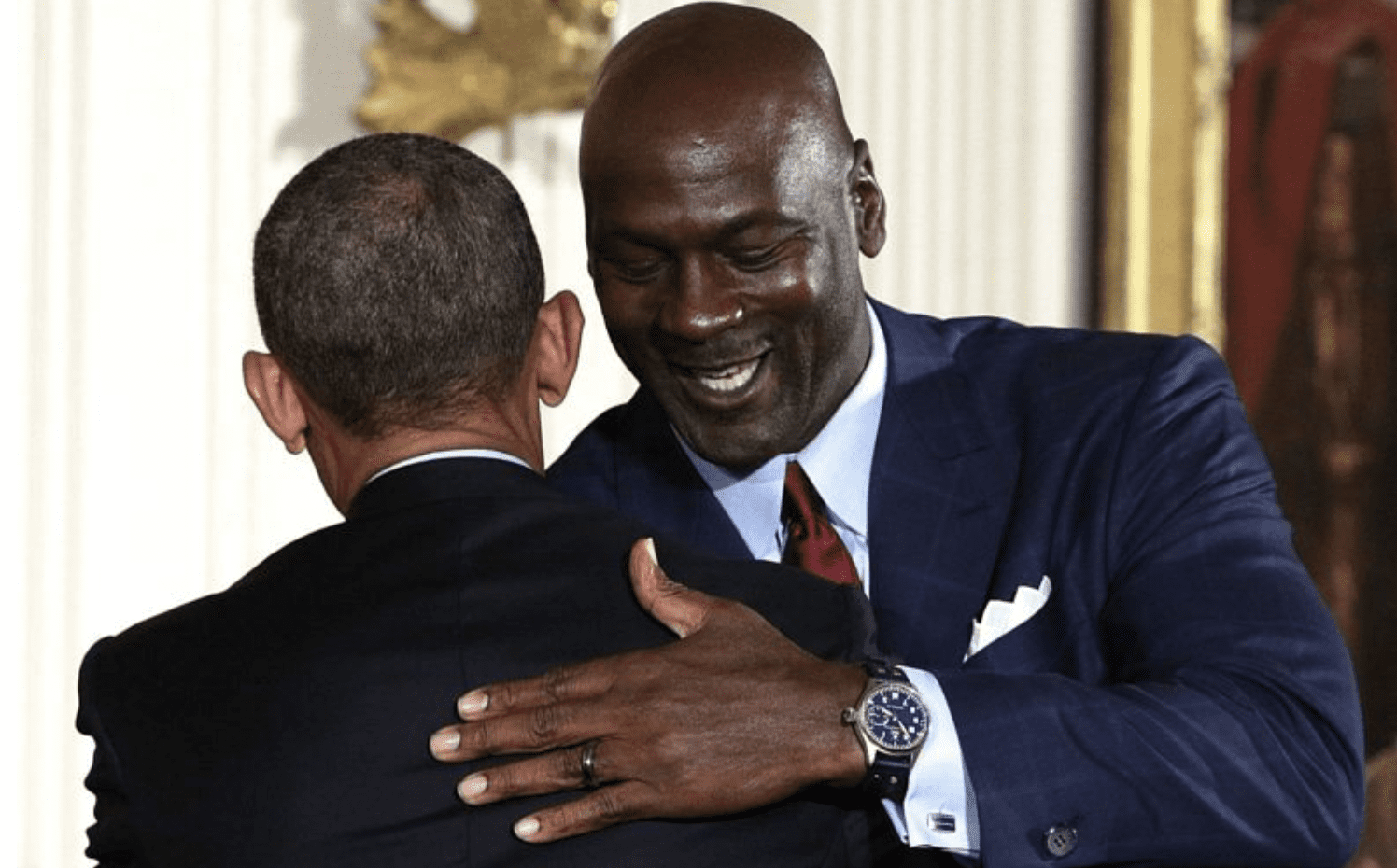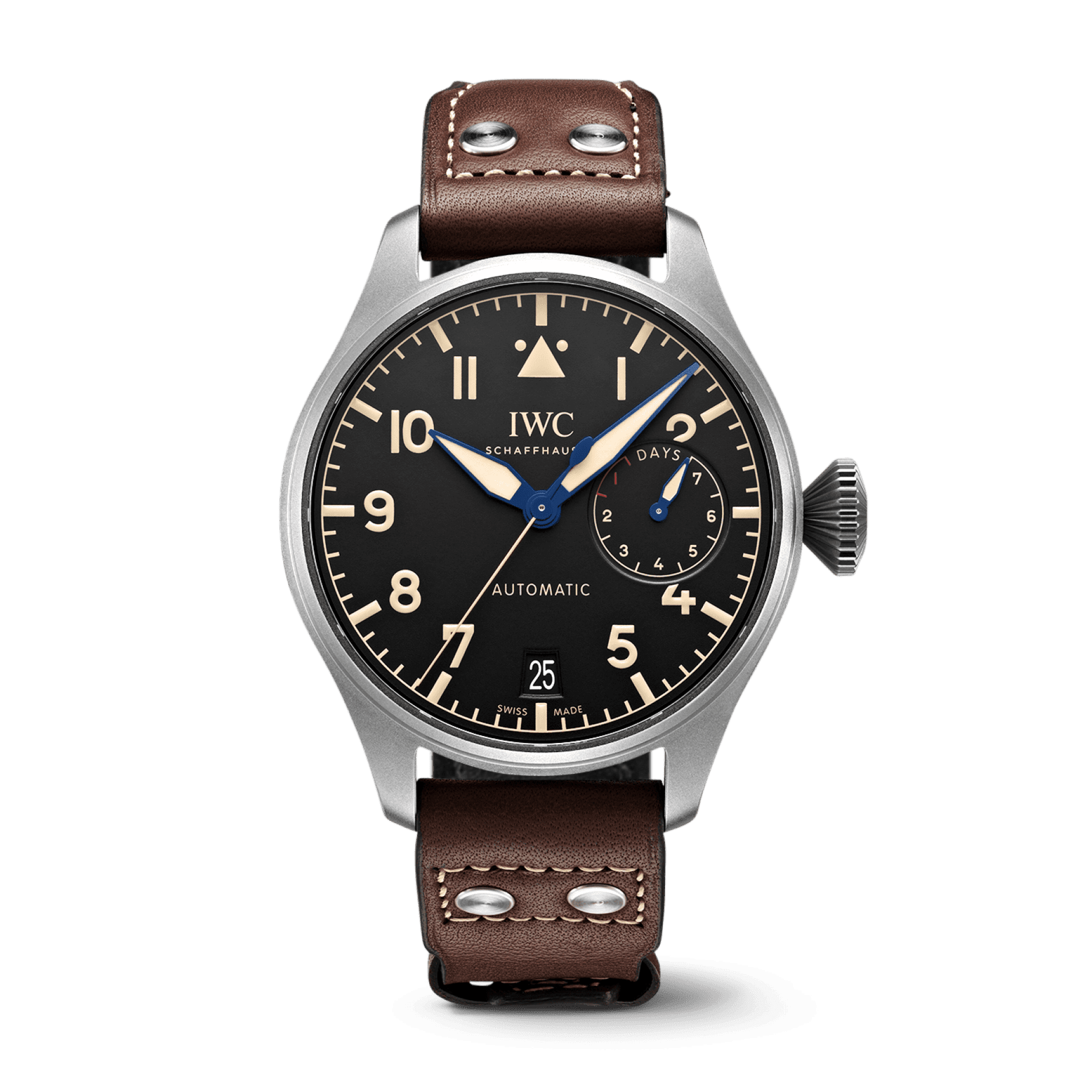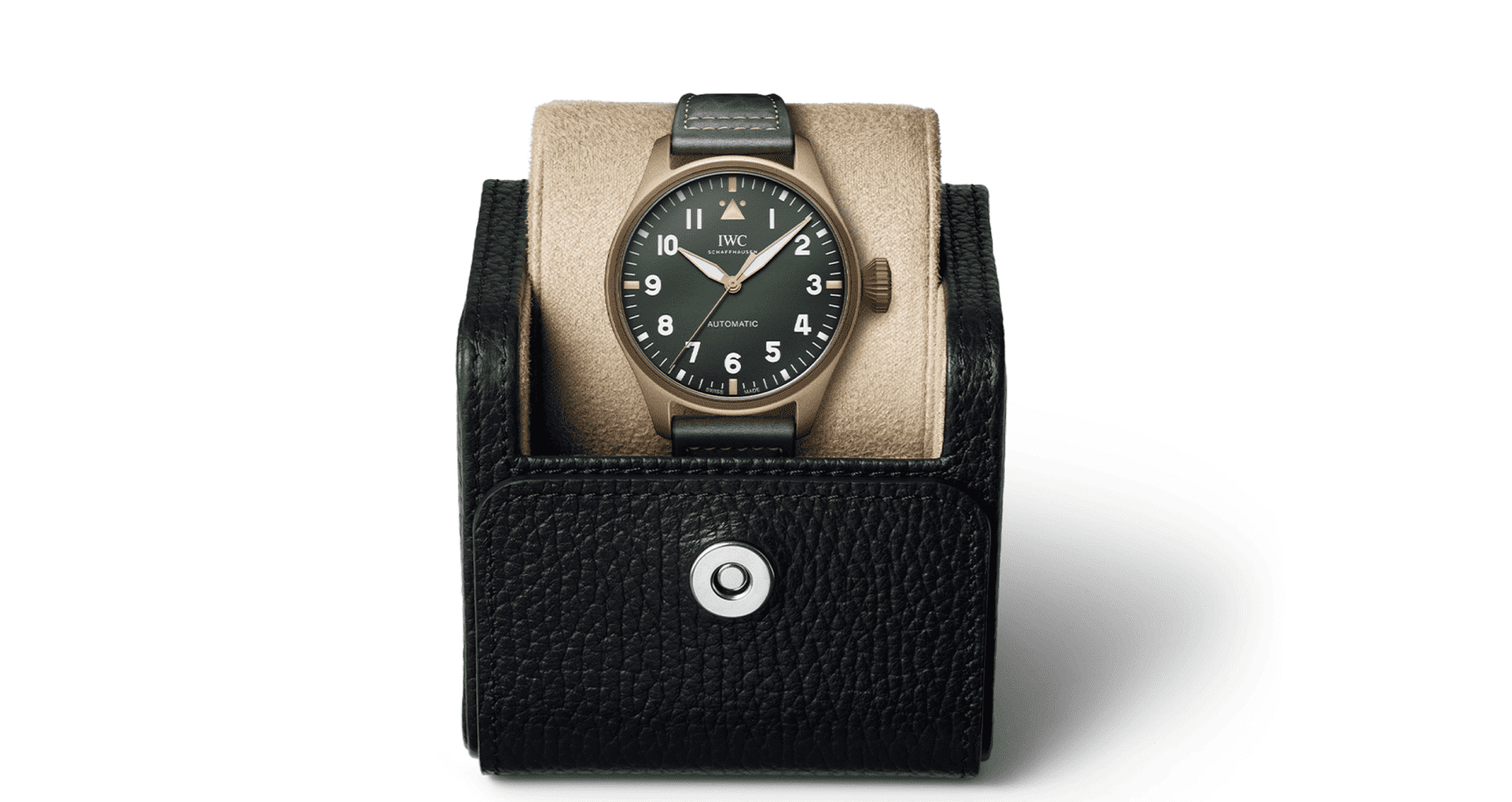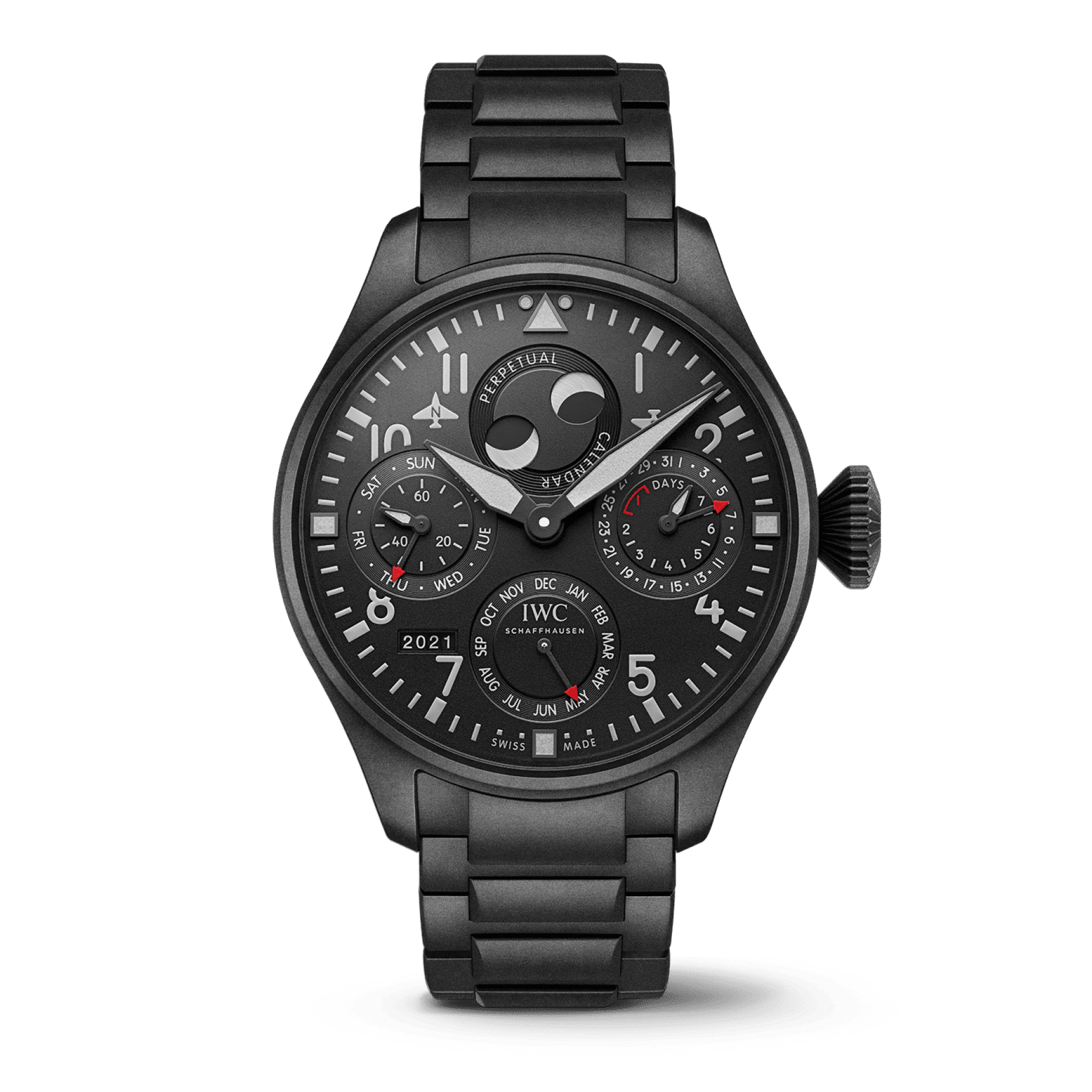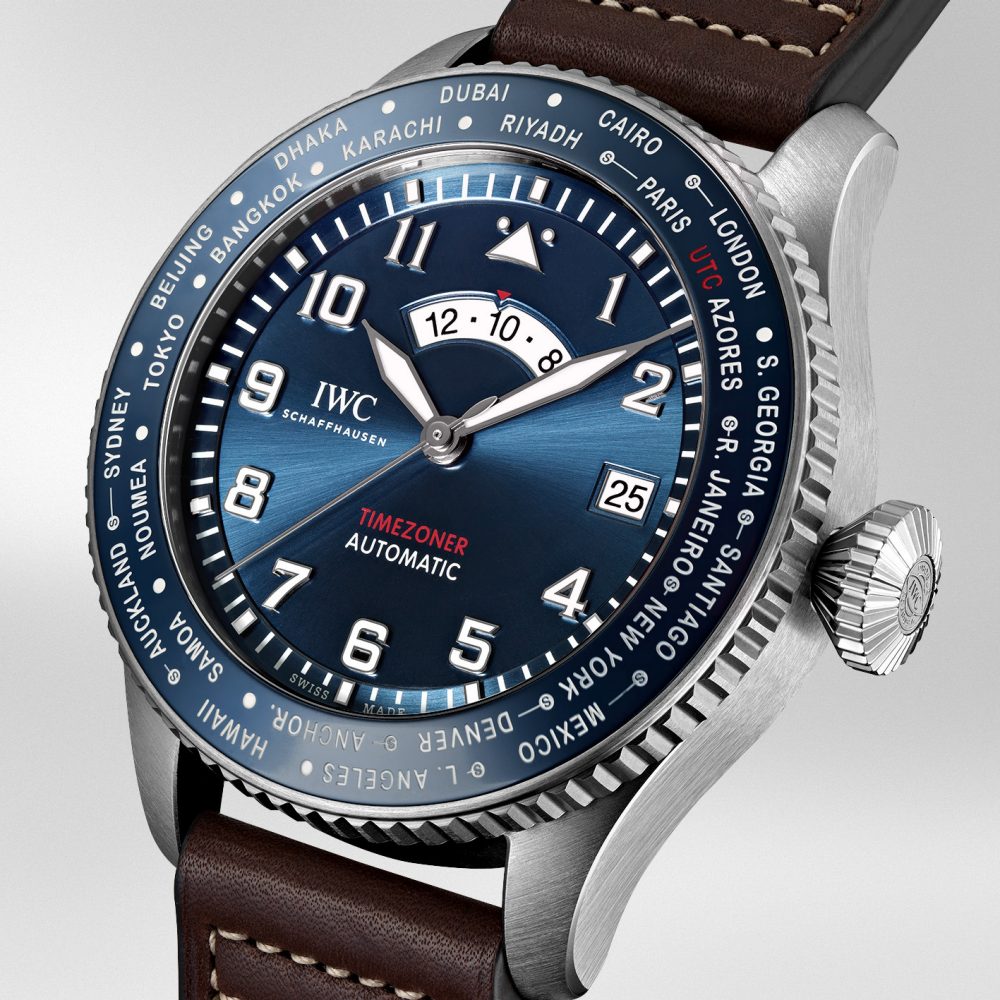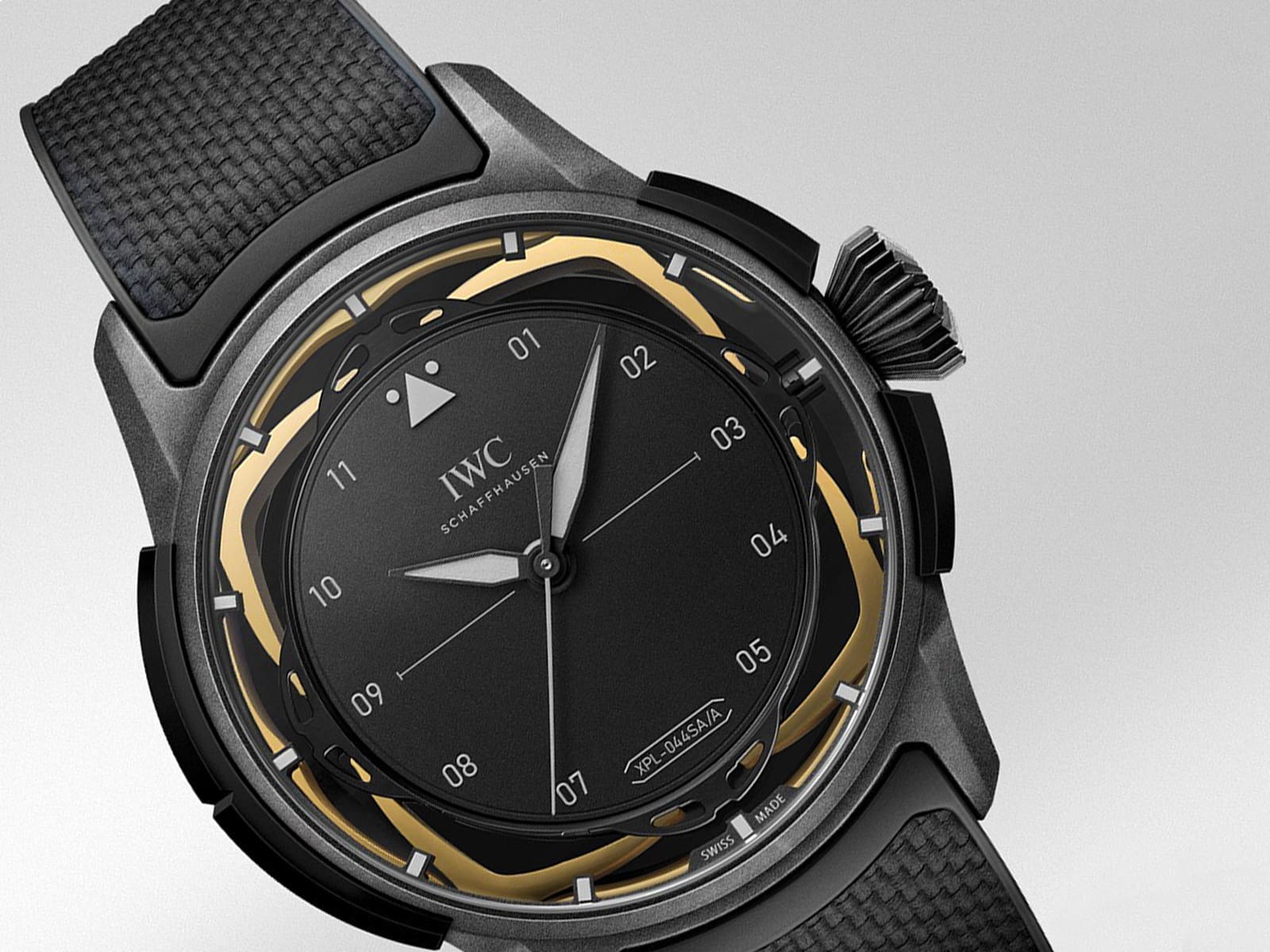How the IWC Big Pilot became a true modern classic
D.C. HannayWelcome to The Icons, a series where we take a horological deep dive into the most legendary watches of all time. We’ll delve into the story behind the watch, its evolution over the years, famous (and infamous) wearers, the classic references, and the contemporary versions you should be checking out. This week, it’s the IWC Big Pilot…
Introduction: The IWC Big Pilot
A pilot’s watch has long been considered a cornerstone of any well-rounded watch collection. And when you talk about Flieger-style pilot’s watches, it doesn’t get any bigger than the International Watch Company’s Big Pilot’s. No other Flieger watch has the mindshare of the Big Pilot’s, and with good reason. It’s a bold, immaculately crafted prestige piece that’s objectively gorgeous and no other competitor has such a wide range of models to choose from. So how did the Big Pilot reach Icon status? Let’s climb into the cockpit for a journey back in time, to the dawn of aviation.
Early History
Flieger-style pilot’s watches have always been necessarily big, because of their origins as pocket watches adapted for wear on the wrist via welded wire lugs for attaching a strap. One of the big advantages of having a large pocket watch with an oversized crown is that it’s easier to wind with gloves on, perfect for the unheated cockpits of early aircraft. Additionally, the large cases could be worn outside the sleeve of a flight jacket for better visibility. IWC created their first pilot-specific wristwatch in 1936 with the introduction of the Special Pilot’s Watch, and followed that with the massive 55mm H/52 T.S.C. built for the Luftwaffe in 1940. It was a handwinder, with a hacking Calibre 431 movement that allowed the wearer to synchronise the watch, vitally important for military operations. With its oversized crown and cockpit instrument look, it’s this watch that is the predecessor to the Big Pilots we know today.
Rise To Fame
2002 was a big year for IWC. The first modern iteration of the Big Pilot watch was released to great reception. Not as big as the dessert-plate sized original, but still way huge, the new version (Ref. 5002) was a massive 46.2mm in diameter, with a case height of 15.2mm, and instantly became a statement piece for many collectors.
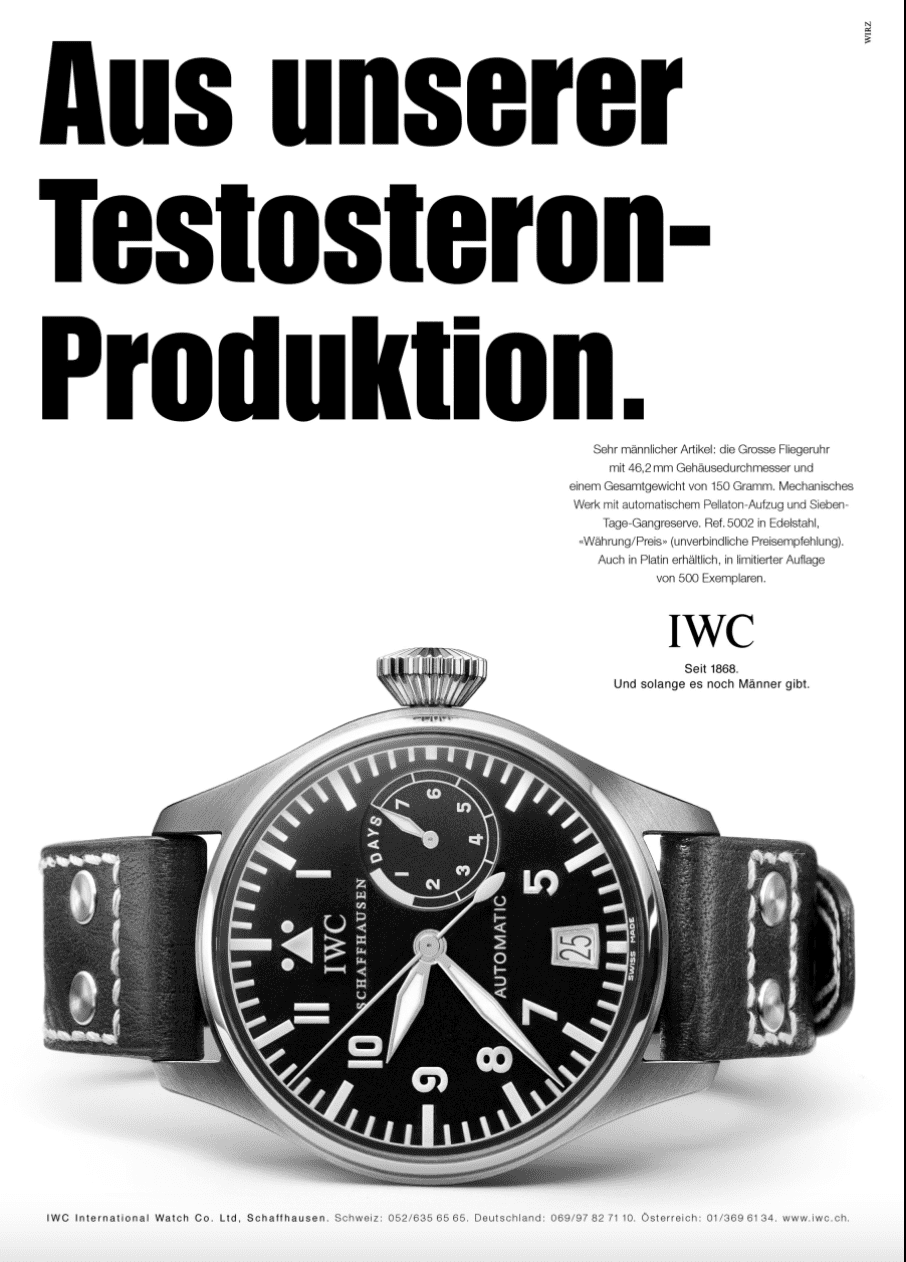
Since its reintroduction, the Big Pilot range has been interpreted in many different flavours, with case materials ranging from steel, titanium, precious metals, and IWC’s proprietary ceramic in a variety of colours. A horde of different dial variants and complications were also introduced, including many limited special editions, allowing Big Pilot fans to be truly spoiled for choice. There really is something for everyone.
Famous Wearers
Athletes and celebrities love the Big Pilot: Here’s just the short list. Seven-time Formula 1 champion Lewis Hamilton is an IWC ambassador, and has worn a huge variety of Big Pilot’s references, including a Mercedes-AMG Team special edition, and this bonkers limited edition created just for him:
The second GOAT on the IWC roster, NFL quarterback Tom Brady, used to rock TAG Heuer, but now wears the khaki ceramic Big Pilot’s Top Gun ‘Mojave Desert’ (among others) on his non-throwing arm.
Speaking of GOATS, NBA icon Michael Jordan has been spotted wearing a platinum Big Pilot’s from his huge collection.
Film star Bradley Cooper is an IWC ambassador, and a Big Fan of the Big Pilot, having worn several references, including the red gold/blue dial Le Petit Prince piece unique that he wore to the Oscars (subsequently auctioned for charity).
Favourite Models
At last count, IWC’s website listed no fewer than 54 versions of the Big Pilot, in a range that runs the gamut. You can select from several different complications, including classic time-only models, “big date” versions, a monopusher chronograph, world timers, perpetual and annual calendars, and even tourbillons. Case options include steel, 18k gold, bronze, and high-tech ceramic, so you certainly have options. Here are some of my favourites.
This is one of my top picks among the modern versions. This Heritage version retains the dial layout of the original 5002, but adds a tasteful amount of vintage colour on the dial and blued handset, and wraps the whole package in a lightweight matte-finished titanium case.
Last year, IWC made a big move by making a smaller Big Pilot’s model. The Big Pilot’s 43mm Spitfire Edition is an eminently wearable size for those of us with smaller wrists who still want the Big Pilot’s look. This reference in bronze is a stylistic left turn, much warmer than steel or titanium with its more rustic appearance. The military green dial is just the right complement to the case material, and gold-plated sword hands complete the look. It’s supplied with a note-perfect green buffalo hide strap that utilises IWC’s tool-free strap exchange system.
IWC has had a relationship with the US Navy’s Top Gun pilot’s school for some time now, and this reference in bad-ass black Ceratanium features their 54-jewel Calibre 52615 perpetual calendar movement.
For the traveller, there’s the oh-so-chic blue-dialled Le Petit Prince version of the Timezoner, which allows the wearer to keep track of home and away time zones at a glance.
Finally, here’s the utterly mad outlier of the Big Pilot’s range, the Shock Absorber XPL. Deadly serious in a 44mm black Ceratanium case, this baby will withstand acceleration forces in excess of 30,000 Gs, or more than 3,333 times what a human could survive. Limited to just ten pieces per year, think of it as the ultimate baller G-Shock.




